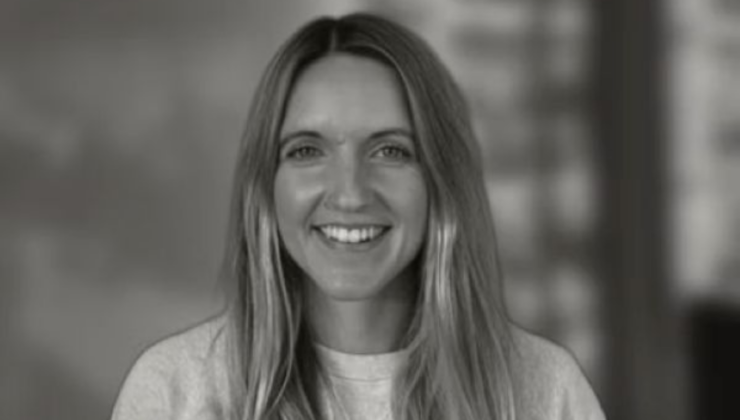

Recent research by British insurance leader Aviva highlights concerning statistics about flooding in the UK. Nearly 60% of new homeowners have experienced a climate-related incident in the past five years. Alarmingly, 30% of these properties have suffered wind or storm damage, pointing to a growing challenge.
The report suggests a worrisome future, with 72% of new-build homeowners believing their homes will be affected by climate change within the next decade, compared to 52% of all residents. This raises important questions about mitigating flood risks.
At the 2025 Insurtech Insights Europe conference, Sarah Penny, partnerships manager at Previsico, highlighted the increased awareness of flood risk. Following the Environmental Agency’s recent update to its risk map, it is projected that one in four properties will face flooding by 2050, underscoring the need for proactive measures.
Penny emphasized that many insured individuals feel overwhelmed by flood risks, lacking guidance on mitigating these dangers. This is where insurance plays a vital role in educating clients and providing innovative tools to combat these risks.
Penny discussed the tools available today, noting the growing interest in risk mitigation’s role in flood resilience. However, risk transfer, particularly through innovative solutions, remains crucial. Parametric insurance is emerging as a solution to help customers obtain necessary coverage.
A robust flood resilience toolkit consists of three main components. The first is data. Providing accurate data to clients before any anticipated event is invaluable, offering pre-warning and allowing for necessary preparations up to 48 hours in advance.
The second component involves leveraging various technologies to offer real-time insights into potential damage. IoT sensors, for example, can accurately measure flood levels and expected damage, allowing clients to validate alerts and take necessary action.
Previsico’s third key element is its Intercasting suite, utilizing the market’s most precise observed rainfall data to predict surface water flood risk. This tool enables a ‘playback’ of flood development, allowing clients to respond swiftly and decisively.
Penny noted the increasing demand for enhanced resilience measures, especially after the 2023/2024 storm season, which saw 12 named storms—the highest number since storm naming began. “The situation is worsening, and the impact is growing, driving demand in the insurance market,” she said.
SİGORTA
1 saat önceSİGORTA
7 saat önceDÜNYA
9 gün önceSİGORTA
13 gün önceSİGORTA
13 gün önceSİGORTA
13 gün önceSİGORTA
13 gün önce 1
Elon Musk’s Father: “Admiring Putin is Only Natural”
11339 kez okundu
1
Elon Musk’s Father: “Admiring Putin is Only Natural”
11339 kez okundu
 2
Minnesota’s Proposed Lifeline Auto Insurance Program
9325 kez okundu
2
Minnesota’s Proposed Lifeline Auto Insurance Program
9325 kez okundu
 3
Introducing Vivo Y300 Pro+: A Blend of Power and Affordability
7283 kez okundu
3
Introducing Vivo Y300 Pro+: A Blend of Power and Affordability
7283 kez okundu
 4
What’s the best car insurance for seniors?
5923 kez okundu
4
What’s the best car insurance for seniors?
5923 kez okundu
 5
American Nurse Survives Harrowing Moped Crash in Thailand
2166 kez okundu
5
American Nurse Survives Harrowing Moped Crash in Thailand
2166 kez okundu
Veri politikasındaki amaçlarla sınırlı ve mevzuata uygun şekilde çerez konumlandırmaktayız. Detaylar için veri politikamızı inceleyebilirsiniz.